Lumina brings made-in-Italy magic to lighting
Elegant and functional, Lumina lighting subtly transforms any interior
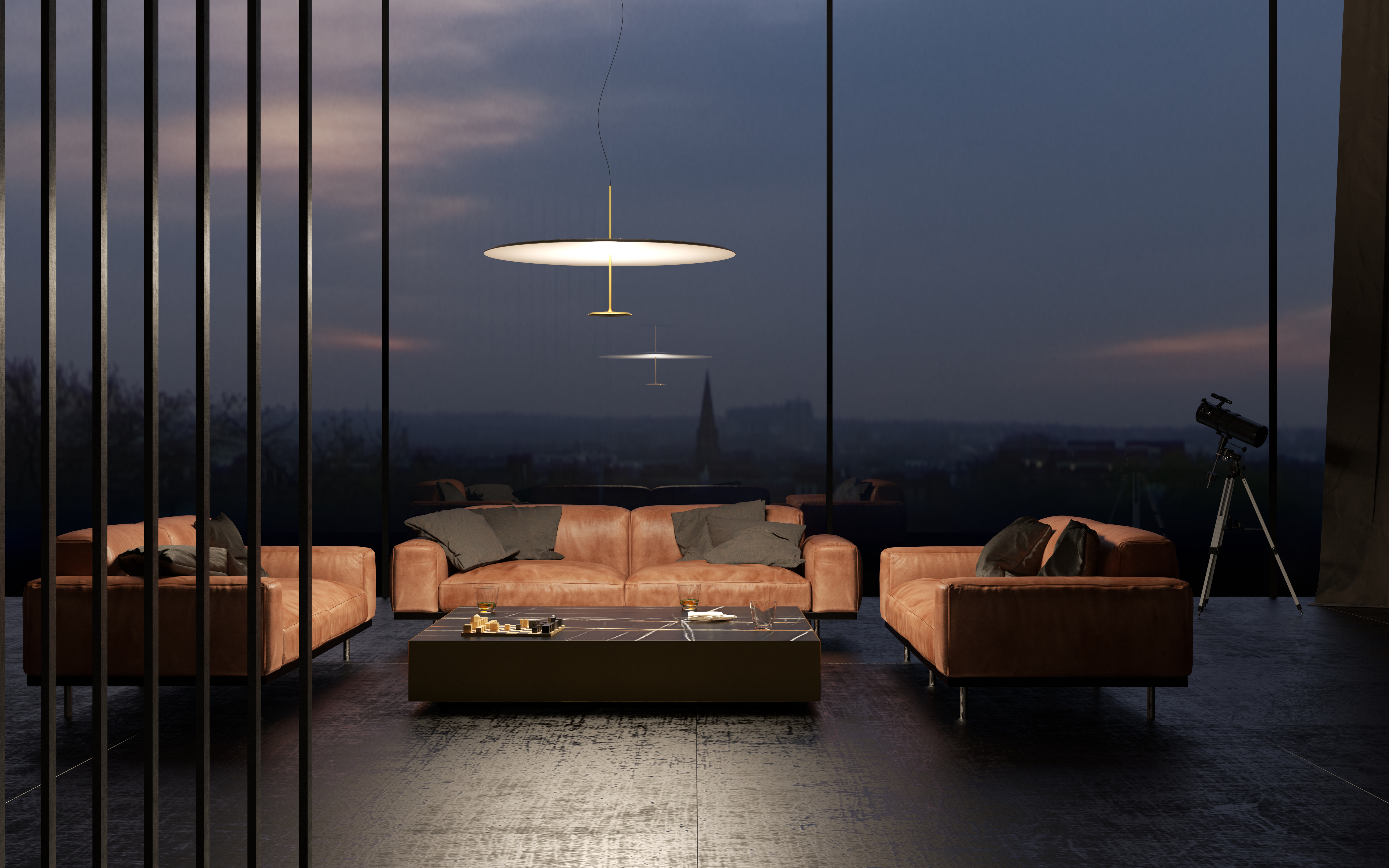
In partnership with Lumina
Lighting design has a miraculous, transformative effect on interiors. Its perception-altering properties illuminate spaces and drive emotions, defining architectural forms and changing moods. Arranged with intelligence and elegance, driven by technology and thoughtful industrial design, artificial lighting creates atmosphere and a positive sense of wellbeing.
Based in Arluno, near Milan, Lumina puts light’s industrial magic to the fore. Founded in 1980 by mechanical engineer Tommaso Cimini, the company retains his original insight – ‘Lots of light, not much lamp’ – as its inspiration and mission statement; function generates form and technology, at the service of performance and durability. It’s about light and design, in that order
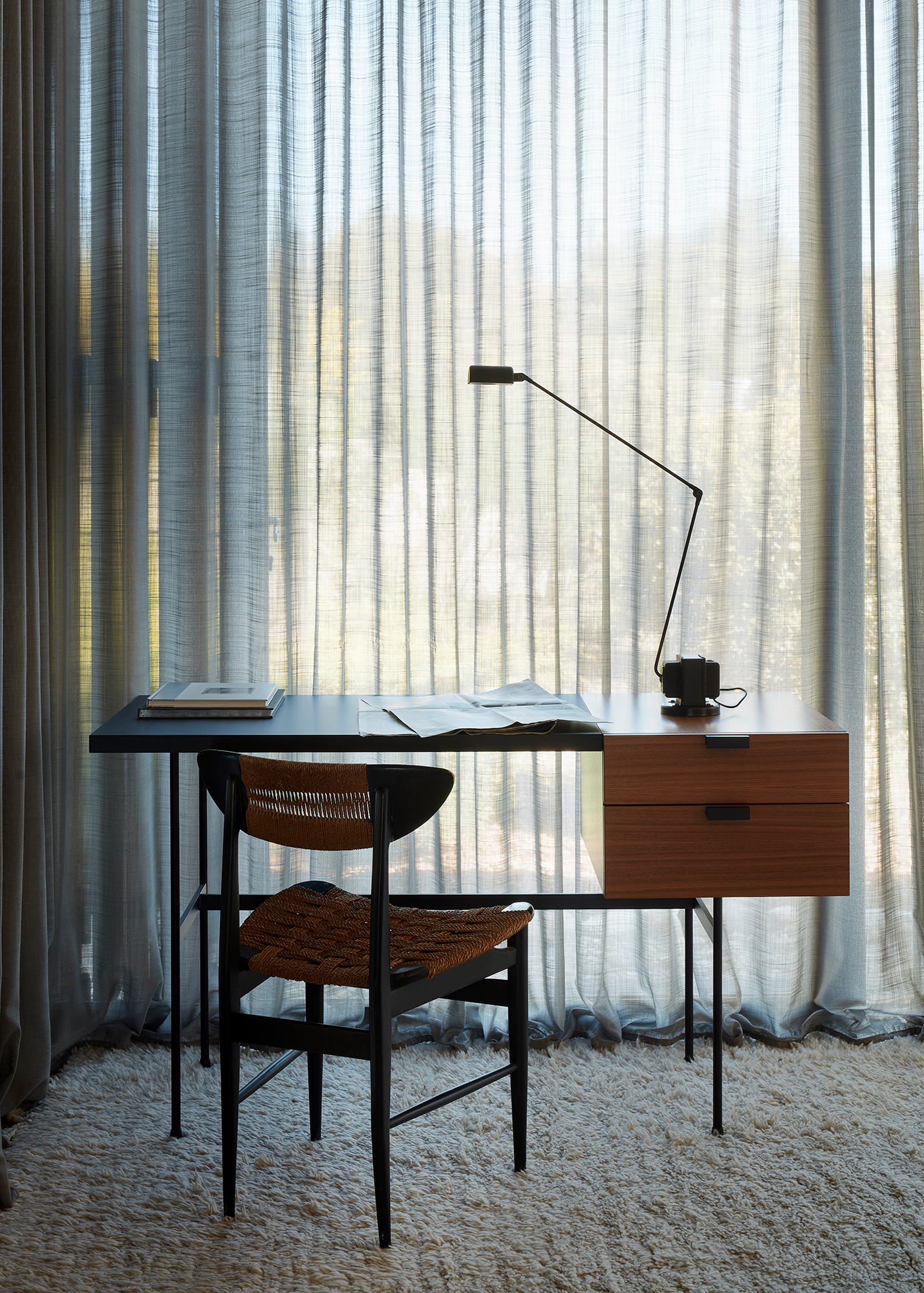
‘Daphine’ lamp by Tommaso Cimini for Lumina
Since Cimini first developed the prototype of the ‘Daphine’ lamp back in the 1970s – a design that went on to become the company’s earliest, signature product and a modern icon of Italian design – the Lumina workshop in Sedriano (a few kilometres from Arluno) has become a hub of innovation and imagination.
Characterised by three basic elements: a slender articulated arm, a small adjustable diffuser, and a transformer, deliberately unconcealed on the base, the ‘Daphine’ is still admired and used all over the world, featuring in the permanent collections of major design and contemporary art museums including the Brooklyn Museum and the Judd Foundation in New York, the Musée des Arts Décoratifs in Paris, Die Neue Sammlung in Munich, and The Israel Museum in Jerusalem.
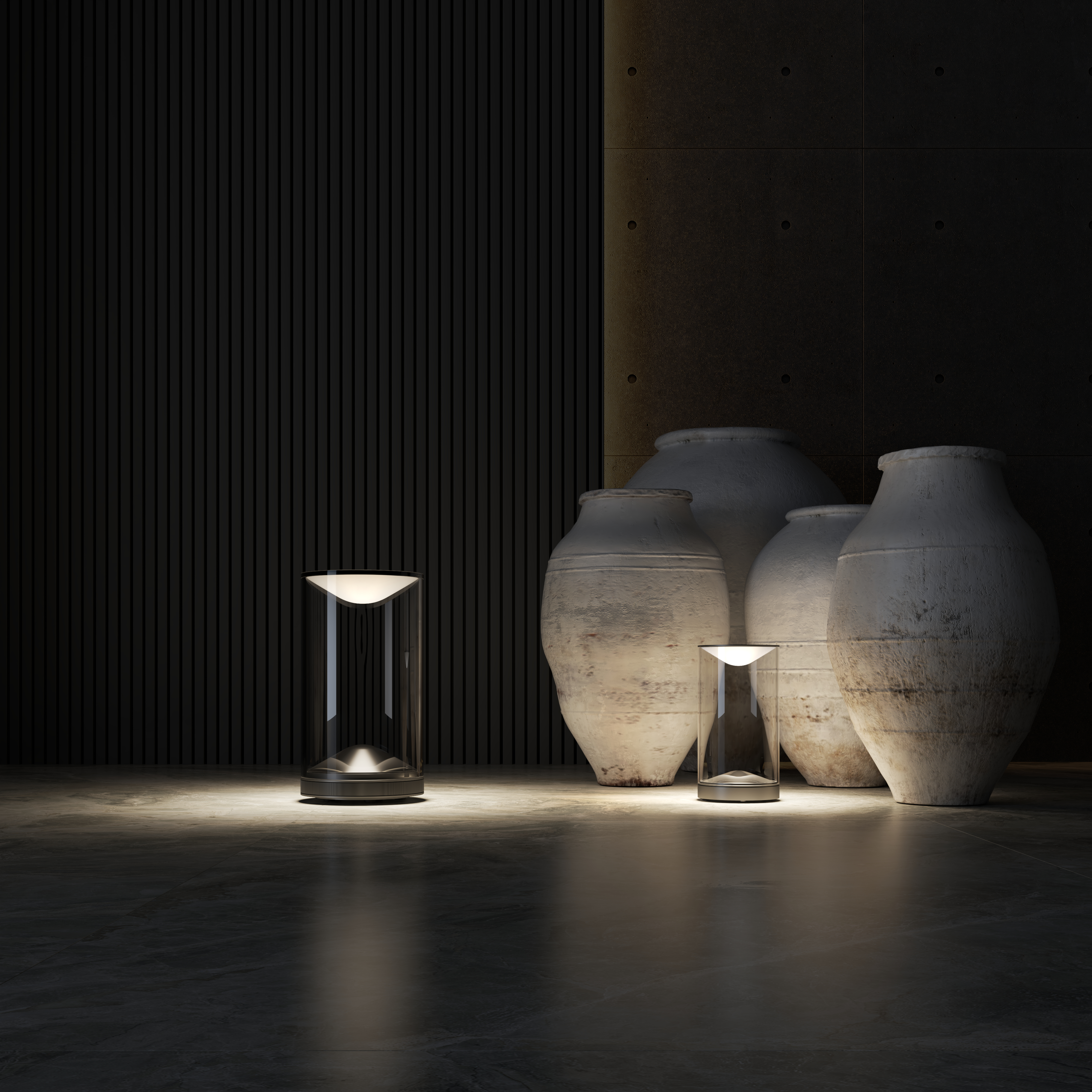
'Eva’ and ‘Eve' by Foster + Partners for Lumina
Thanks to loyalty to the spirit of its founder and rigorous production methods, Lumina has been able to establish partnerships with world-class designers and architects. Working in collaboration with Foster + Partners, the company has designed lamps of beauty, simplicity and sophisticated engineering: the ‘Eva’ table lamp and its little sister ‘Eve’; the ‘Flo’ reading lamp; ‘Dot’, the ethereal pendant lamp; and, introduced in 2022, the ‘Tia’ suspension lamp.

'Anima' by Jean-Michel Wilmotte for Lumina
With architect Jean-Michel Wilmotte, meanwhile, Lumina developed ‘Anima’, an elegant and charismatic reinterpretation of the abat-jour table lamp.
Now run by designer Ettore Cimini, son of Tommaso, Lumina stays true to its original ethos. ‘Light is the most important of our raw materials,’ says Ettore. ‘Its quality remains the basis of our projects.’
Lumina’s strengths are its short supply chain, in-house engineering and prototyping, and a combining of avant-garde technological processes and artisanal attention to detail, durability and impeccable workmanship. Made in Italy, Lumina lamps are sold in 104 countries through an international network of selected multi-brand retailers.
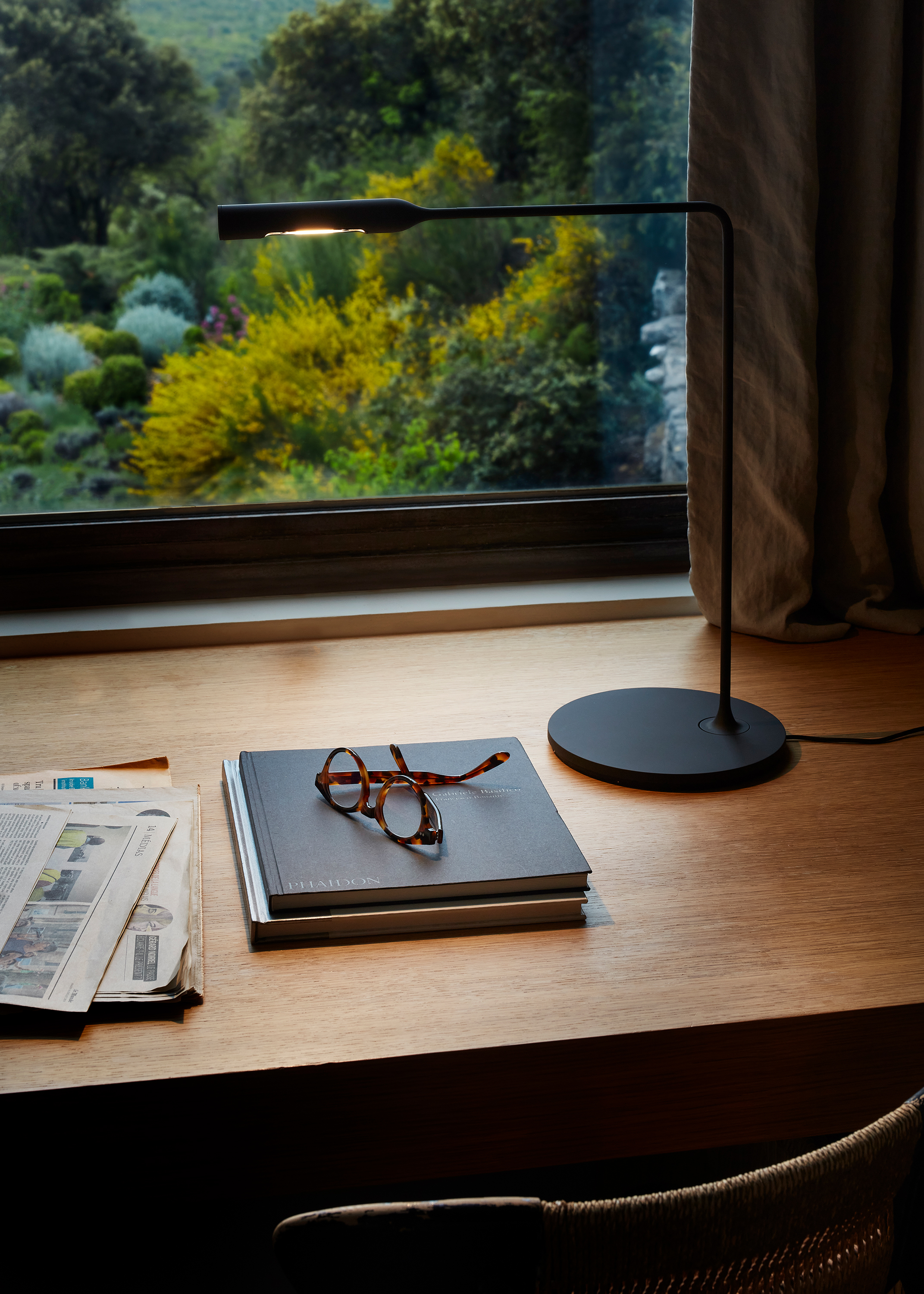
'Flo Desk' lamp by Foster + Partners for Lumina
The company builds on its know-how by employing the methods and processes of a circular economy: maximum focus on saving and recycling resources, the selection of noble materials like aluminium, steel and glass (plastic only where indispensable), and designing lamps to last, be repairable and with components fully disassemblable at the end of the product’s life (Design for Disassembly). Lumina is powered from renewable sources, having a solar-power system covering its energy requirement.
‘Lumina lamps are iconic,’ says Ettore Cimini. ‘They spring from our work ethic and are faithful representations of our production capability. State-of-the-art technologies achieving optimum synthesis between form and function.’
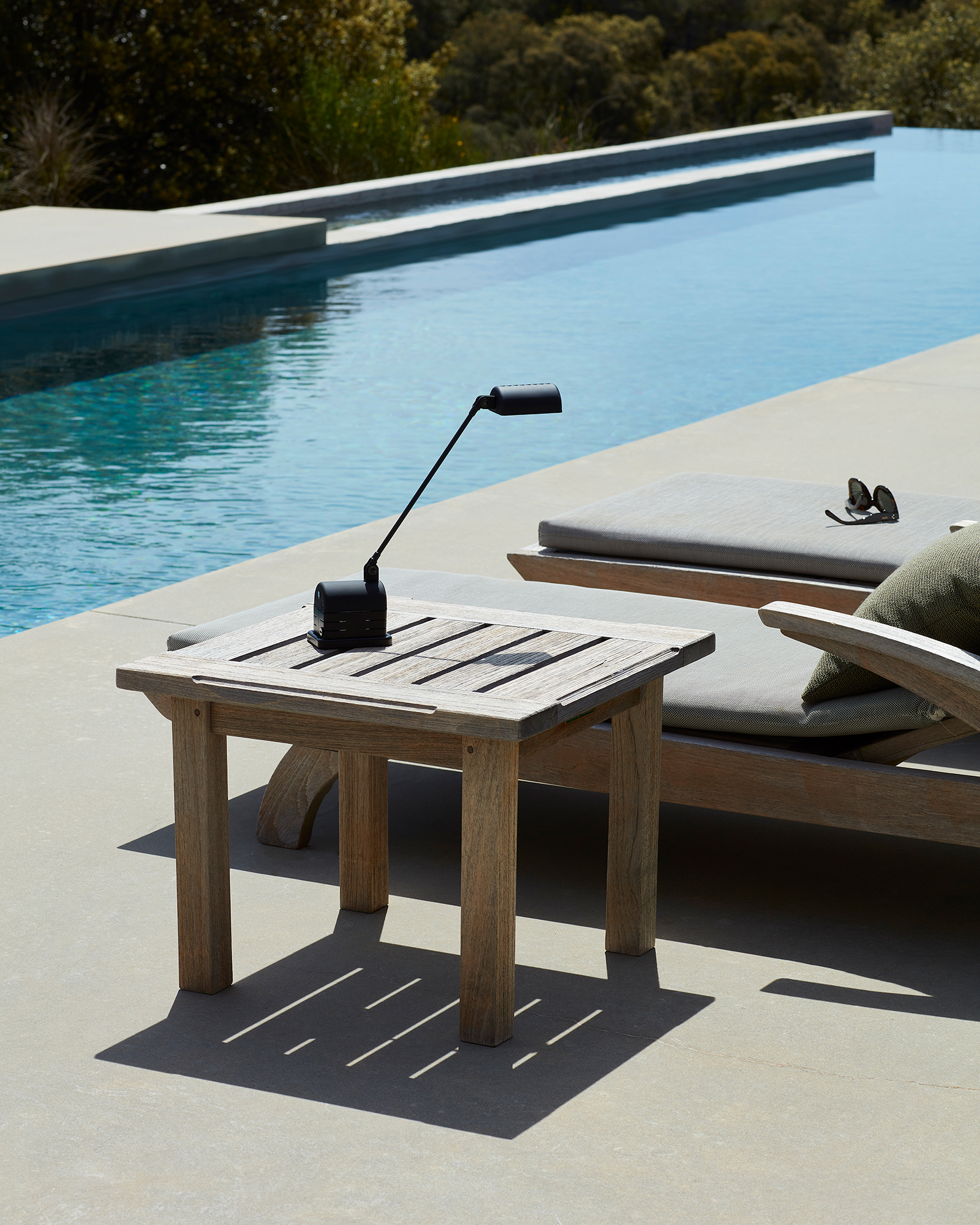
‘Daphinette Portatile’ portable lamp by Tommaso Cimini for Lumina
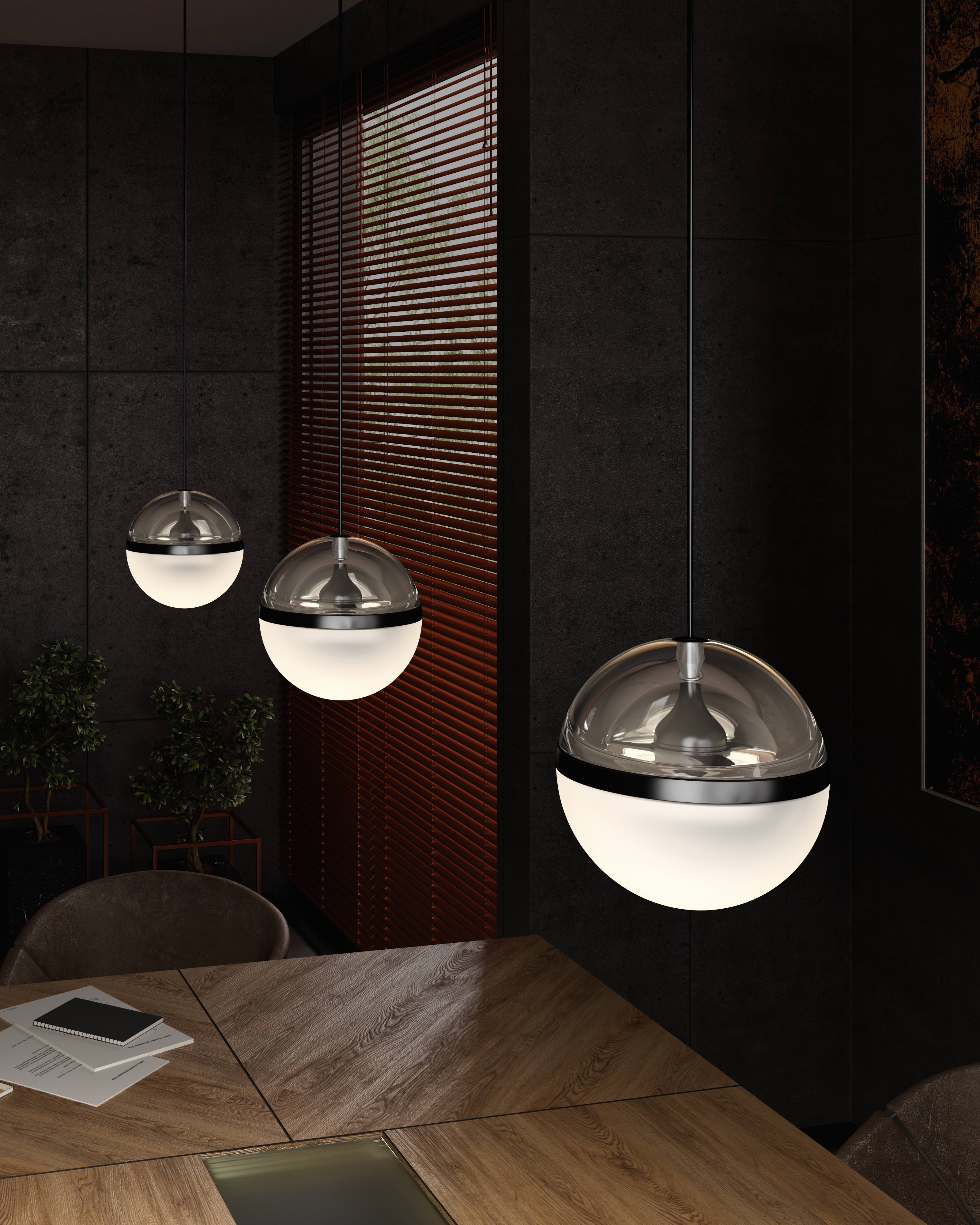
‘Limbus’ by Emanuele Ricci for Lumina
Wallpaper* Newsletter
Receive our daily digest of inspiration, escapism and design stories from around the world direct to your inbox.
-
 Eight designers to know from Rossana Orlandi Gallery’s Milan Design Week 2025 exhibition
Eight designers to know from Rossana Orlandi Gallery’s Milan Design Week 2025 exhibitionWallpaper’s highlights from the mega-exhibition at Rossana Orlandi Gallery include some of the most compelling names in design today
By Anna Solomon
-
 Nikos Koulis brings a cool wearability to high jewellery
Nikos Koulis brings a cool wearability to high jewelleryNikos Koulis experiments with unusual diamond cuts and modern materials in a new collection, ‘Wish’
By Hannah Silver
-
 A Xingfa cement factory’s reimagining breathes new life into an abandoned industrial site
A Xingfa cement factory’s reimagining breathes new life into an abandoned industrial siteWe tour the Xingfa cement factory in China, where a redesign by landscape specialist SWA Group completely transforms an old industrial site into a lush park
By Daven Wu